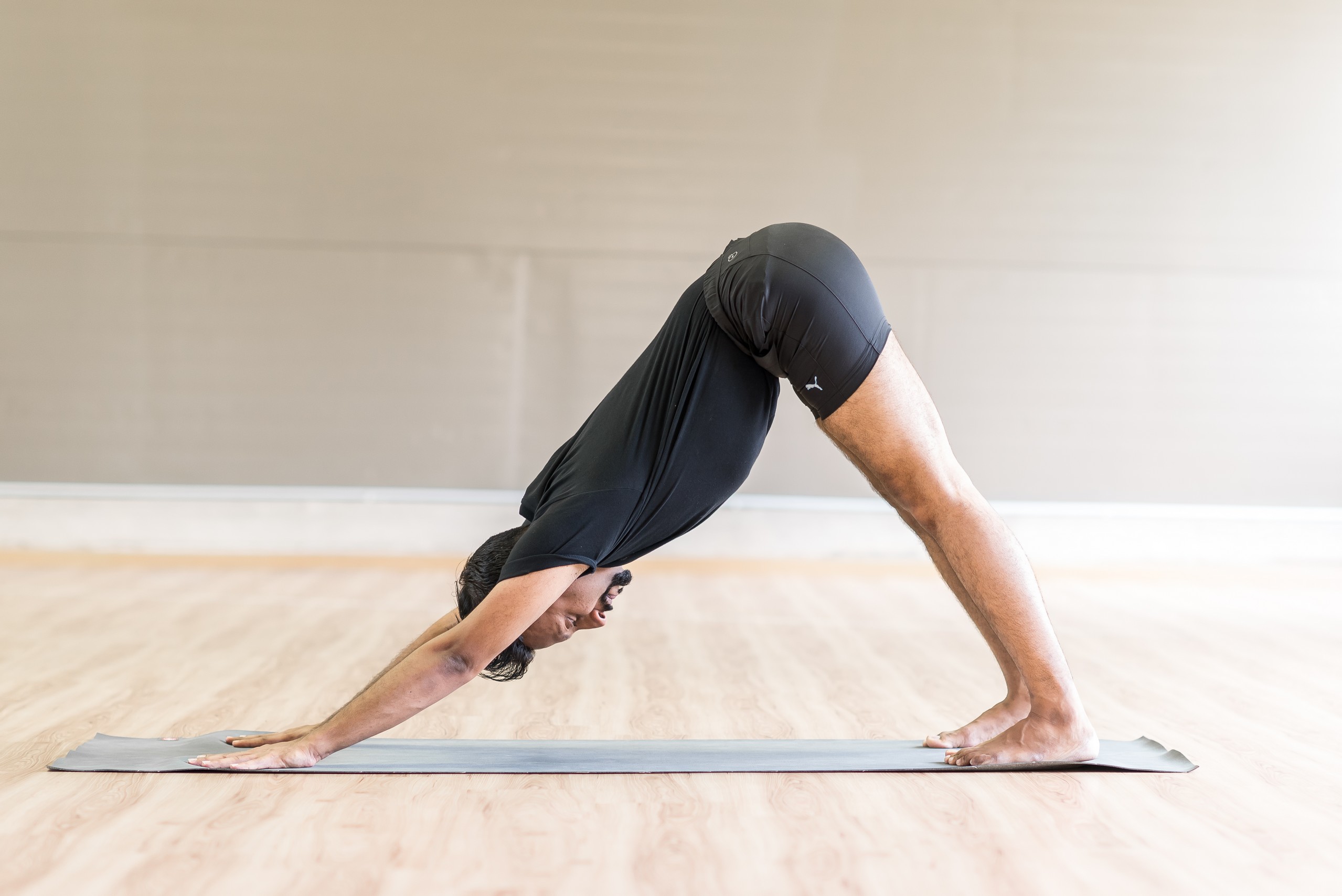Why Going Upside Down in Yoga Helps Your Heart
Guest post provided my yoga teacher Meera Watts.

Turning yourself upside-down contradicts your physical nature. However, if you closely study inversion yoga, you’ll realize that inverting yourself has a handful of benefits, particularly to your heart.
If you’re interested to know what those benefits are, here are some of inversion yoga’s positive effects on the heart.
Your Blood Flow
Anatomically speaking, your heart can be found in your chest cavity. It functions to pump oxygenated blood to the different parts of your body by way of your arteries. At the same time, it receives deoxygenated blood which carries waste products through your veins.
Now, because the heart is placed high up in your body when you’re standing up, problems happen with your de-oxygenated blood flowing back to the heart due to gravity’s force. And if those problems aren’t solved right away, you can end up suffering different health consequences. Some examples include swollen legs and feet, varicose veins, and even pulmonary embolism.
Positioning yourself upside down can help improve the flow of blood back to the heart. Also, it can improve perfusion of your blood across your lung’s surface area.
Your Breathing and Diaphragm
Just beneath your lungs and heart lies your diaphragm. It’s a large muscle that’s mainly responsible for breathing. And just like the other muscles in your body, you need to work it to make it stronger.
When your diaphragm contracts, it’s generally working with gravity. It’s the reason why you can feel and see your belly bulging when you’re breathing in.
Positioning yourself upside down, you’ll be forcing your diaphragm to work against the force of gravity and your abdominal organs. You can think of it like lifting weights.
After a while and by consistently practicing inverted yoga poses, you’ll find yourself breathing better and easier while you are standing right side up.
Your Heart’s Workload
With all the things you do and deal with every day, your heart is forced to work hard in order for it to meet that demand. It needs to exert a lot of effort into pumping enough oxygenated blood towards the brain.
Turning upside down gives your heart some time to rest. It makes the flow of blood from the heart to the head a lot easier so your heart won’t have to work that hard.
Also, the position reduces blood pressure as well as heart rate.
Here’s the thing:
There are two factors that can affect how much your blood pressure will increase in your head while you’re inverted: how far your trunk and legs are from the heart and how far the heart above your head is.
For mildly inverted postures, for example, it lifts the heart minimally and it doesn’t elevate the legs. Thus, it only minimally increases pressure in your head.
Should You Try Inversion Yoga?
While the practice comes with a lot of benefits, it doesn’t mean that anyone can try inversion yoga right away. If you have any pre-existing conditions, make sure to check with your doctor first. Conditions like glaucoma, heart diseases, and detached retina can worsen when you go upside down.
Now, if you got your doctor’s approval, start incorporating inversion yoga into your daily routine gradually. Inversions can trigger certain reflexes in your body that can help temporarily lower your blood pressure.
Take note, however, that if your blood pressure isn’t controlled, try to manage it through other means first before you rely on inversion yoga to control it. Your doctor may prescribe you with medications for that. Be sure to take them as instructed.
And if you decide to give it a try, learn the basics first. For example, it’s not really safe for anyone to be in an upside down position for a long time.
Meera Watts
Meera Watts is a yoga teacher, entrepreneur and mom. Her writing on yoga and holistic health has appeared in Elephant Journal, CureJoy, FunTimesGuide, OMtimes and others. She’s also the founder and owner of Siddhi Yoga.



